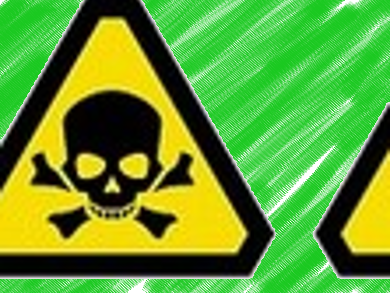The EPA named the first ten chemicals it will evaluate for potential risks to human health and the environment under the Toxic Substances Control Act (TSCA) reform. This may result in some of the chemicals being banned.
The 10 chemicals on the list are: 1,4-dioxane, 1-bromopropane, asbestos, carbon tetrachloride, cyclic aliphatic bromide cluster, methylene chloride, N-methylpyrrolidone, Pigment Violet 29, tetrachloroethylene, also known as perchloroethylene, and trichloroethylene. The chemicals were drawn from EPA’s 2014 TSCA Work Plan, a list of 90 chemicals selected based on their potential for high hazard and exposure as well as other considerations.
TSCA requires EPA to publish this list by December 19, 2016 in the Federal Register. Within three years, risk evaluations for these chemicals have to be completed. If it is determined that a chemical presents an unreasonable risk to humans and the environment, EPA must mitigate that risk within two years.
All of the remaining Work Plan chemicals will be reviewed for their potential hazard and exposure. For each risk evaluation that EPA completes, TSCA requires that EPA begin another. By the end of 2019, EPA must have at least 20 chemical risk valuations ongoing at any given time.
- US Environmental Protection Agency (EPA), Washington D.C., USA
- Additional Information: Assessing and managing chemicals under TSCA, EPA




